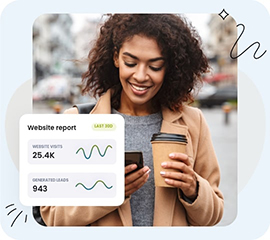In the past, you might’ve used the C:\ Drive on your Microsoft® Windows® computer to store your files. Now that you have access to Google Drive, here are some tips to begin using it as your new cloud storage solution.
Here are the differences at a glance:
Sync Files:
- C:\Drive has no sync feature.
- You can only access files stored in your computer’s hard drive from your computer.
- All files are bidirectional for Drive.
- When you change or delete a file stored in one device, Drive immediately makes the same change everywhere else, so you don’t have to.
Set sharing access:
- In C:\Drive Files can be found in your hard drive and shared through email or putting them on a USB.
- Drive has 4 access levels:
-
- Can view (view-only access)
- Can comment
- Can edit (full edit access)
- Is owner (transfer ownership)
Control sharing visibility:
- There is no way to control sharing visibility in C:\Drive.
- Drive has 5 ways to control visibility:
-
- Specific people or Google Groups
- Anyone with the link
- Anyone in your domain with the link
- Your domain (searchable in your domain)
- Public on the web (searchable on the web)
Advanced search:
- In C:\Drive you can perform a basic text-based search of the files in your hard drive.
- Users can use advanced search in Drive by:
- File type
- Ownership
- Opens with
- Domains-only
- Date modified
- Contains words
- Shared with
Sort files:
- In C:\Drive available sorting options are on your computer.
- In Drive users can sort by:
- Name
- Last modified (date)
- Last edited by me (date)
- Last opened by me (date)
Delete a file:
- In C:\Drive files can be deleted by moving them to the Recycle Bin, but the data still counts towards your storage quota:
- Files are kept indefinitely in the Recycle Bin unless you permanently delete it
- In Drive files are automatically “Removed” on all devices:
- Moved to Trash folder but still counts in storage quota
- Kept indefinitely in Trash folder unless you permanently delete it
After you store your files in Drive, you can reach them on any computer, smartphone, or tablet. When you change or delete a file stored in one device, Drive immediately makes the same change everywhere else, so you don’t have to.
